ⓔ 4 ways to understand coding
Programming is a brand new literacy that is quickly becoming a necessity to using technology. When the subject of learning how to code comes up, some people mistake that for teaching everyone how to become programmers. That is not the reason to learn to code. The main reason for coding is to understand why technology is behaving how it is, and how can we use technology more efficiently. The requisite car analogy is that you don’t need to know how the internal combustion engine works to drive a car, but it helps you understand why proper maintenance is important.
Almost every programming language consists of four items:
- Reserved words. These are the building blocks of a program, and represent built in procedures that do something.
- Variables. A variable is a piece of text that represents information. Types of variables allowed differs among programming languages, but most require the variable to start with a letter and not be a reserved word.
- Boolean logic. When programming, you need to be able to branch to different places in the program depending on data already stored. The if-then statement is one of the more common statements used.
- Loops. A computer excels at doing tedious work, over and over again. Looping is what allows the computer to do that.
So here are 3 simple ways to understand coding:
Slides and presentations
Presentations do not have to go in a linear order, i.e. slide 1, then slide 2, etc. You can place buttons on a slide in your presentation that will jump to any other slide in the presentation. Which means, you can create a choose your own adventure type slide show, where the text on the slide can ask the player a question, and move to another slide based
on their answer to the question.
Spreadsheets
One way to begin coding is in the usage of spreadsheets. Whether it is Microsoft Excel, Google Sheets, LibreOffice, etc., once you get past using it for lists, you are coding. Variables can be thought of as the individual cells, so the variable A1 would be the contents of the cell A1.
If A1 contains 2 and B1 contains 2, you could put a function in C2 of =A1+B1 and you’ll have your first code, and the answer of 4.
If This Than That
The web service If This Then That (IFTTT) brings boolean logic to the web in the form of recipes. If takes a trigger then performs the action. One popular recipe is IF it is 6:00am THEN text me today’s weather. Using the web interface, you select the If trigger, then the action. When working with actions, you will
have access to variables that contain various data related to the action.
Codecademy
Codecademy has been used by over 24 million users from around the world to start coding. The website has interactive tutorials on several languages. I would recommend starting with Python. It has a simple syntax to help you hit the ground running. And much like learning a foreign language, once you know one programming language it becomes easier to learn another.
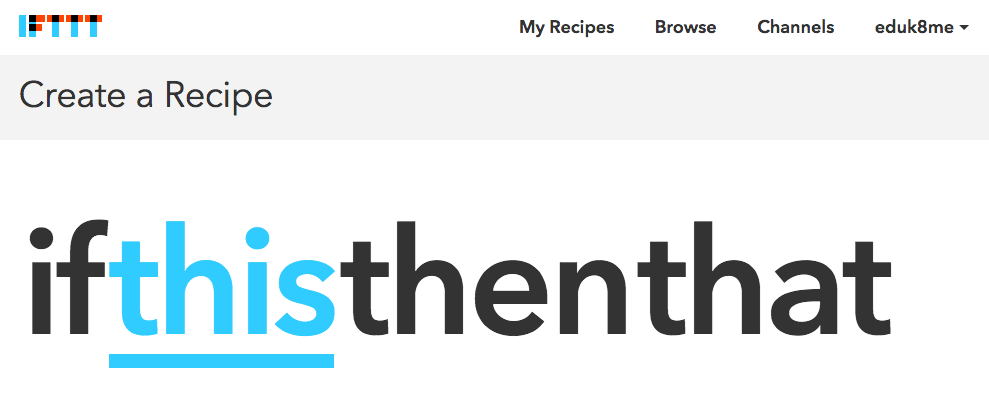
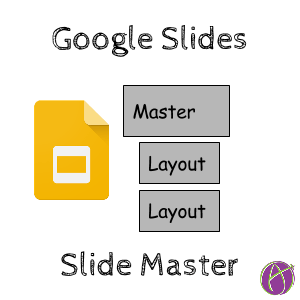
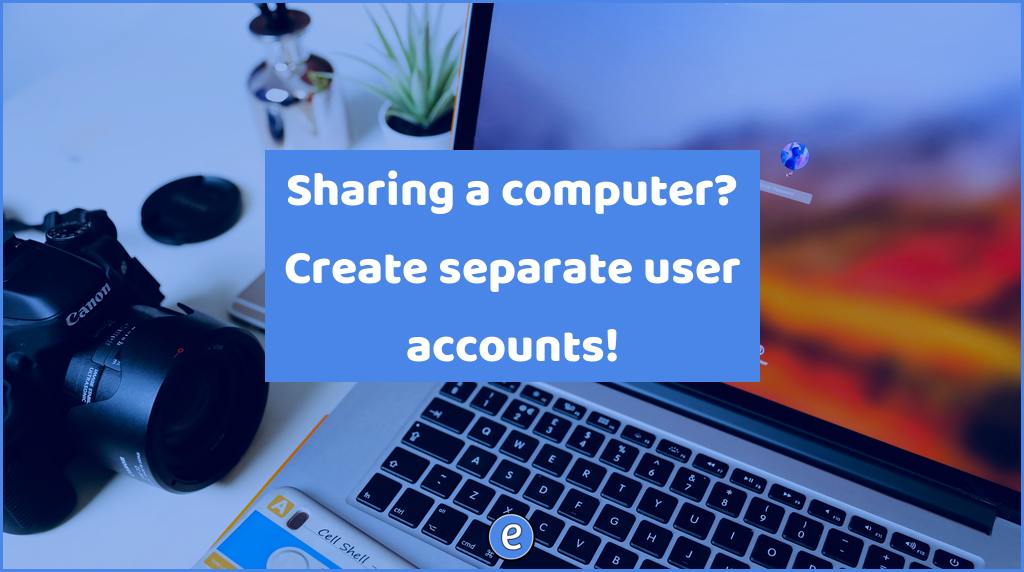


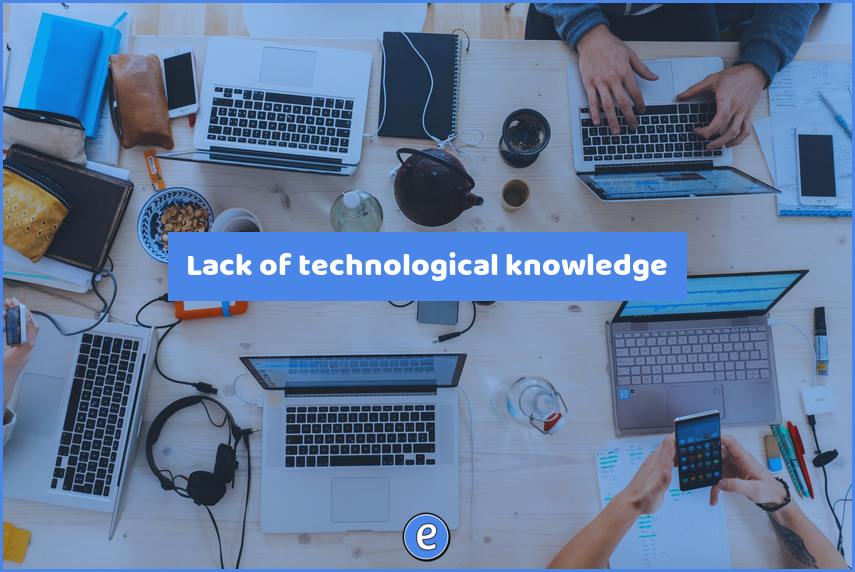
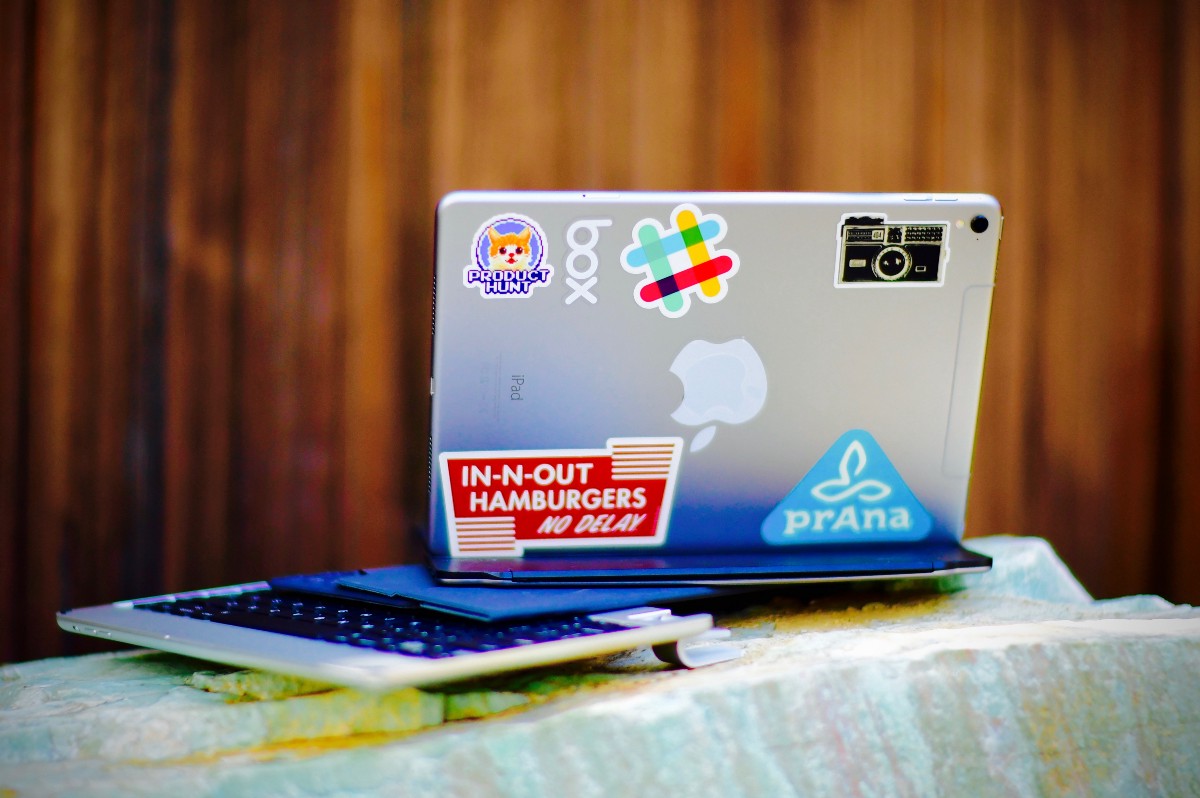
One Comment
Comments are closed.